A/B testing each and every element of your pricing strategy and on pricing page is immensely time-consuming and difficult.
But it’s essential to understand what pricing plans and hooks work best for your audience.
But what if told you that there are some proven strategies that will guarantee a conversion boost? These are simple tweaks based on human psychology that will push more of your users to click that buy button.
And guess what? They’re all backed by logic.
In this article, I’ll show you 5 proven pricing strategies with real examples that’ll help you boost conversions across your store.
Conversion Rate
Before diving into the strategies let’s define the conversion rate. By definition, it’s the number of conversions divided by the total number of visitors to your website. The reason to optimize is that it helps marketing experts to measure the performance of a campaign or ad.
Let’s start with some pricing strategies that will boost your conversion rate.
The Secret Behind Mystery 9
We both know this one.
How many times have we come across prices where the figure ended in a 9?
Using 9’s at the end of product prices are a proven way to increase conversions.
Wondering why?
The book Priceless reports that conversion rates increase by an average of 24% when you use price figures that end in a 9. In several experiments, having 9 at the end of the price figure led to more sales than when the product was priced several dollars below that price!
But there is a strategy you can use to compound this effect:
Mention the previous price.

This works even better than simply using a price figure that ends in a 9.
Font Size
I bet you didn’t know this one.
It seems our brains perceive larger text and font sizes as larger numerical values. Researchers at the Clark University and The University of Connecticut say that using a larger font size for your discounted price in order to grab the attention of visitors might not be a very good idea since the human brain relates physical magnitude to numerical magnitude.
Also surprisingly, research also shows that adding a dollar or decimal sign along with the numerical value of prices gives it a higher perceived value than when you display it as a simple numerical figure.
Anchoring
Anchoring is one the of most effective ways to set a baseline value or cost for your product.
The principle is that you can increase the perceived value of an unknown quantity simply by setting a higher baseline starting point.
And it works so effectively that we hardly even notice how much more we pay.
I’ll show you a real example:
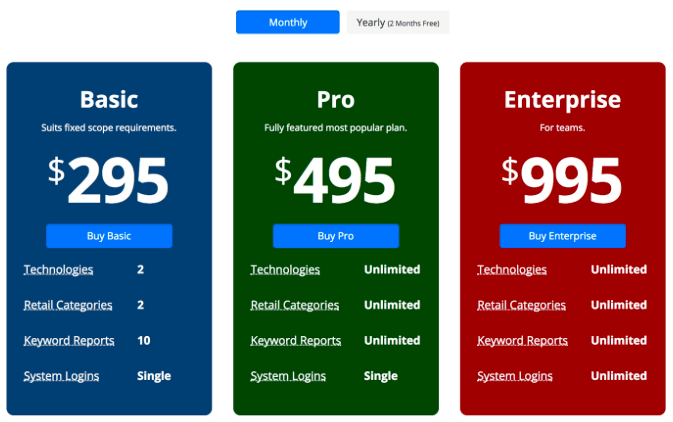
For a user landing on this page, the $295 plan doesn’t look so bad when they see the $995 plan.
And the funny part:
On almost every single Saas pricing page you’ve come across one or two pricing plans are kept with the sole intention of promoting another one. Some companies use this strategy to promote a particular plan they may label as the ‘Popular’ or ‘Recommended’ plan.
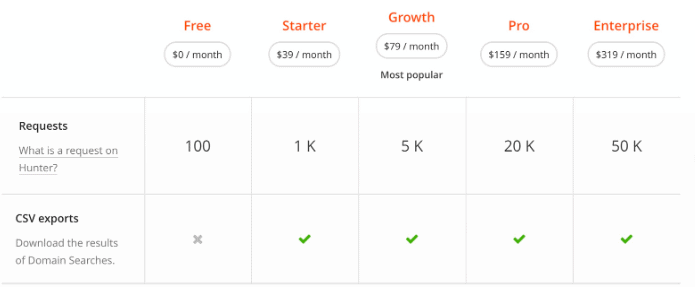
Discount and Bundle Pricing or Decoy Pricing
Discounts are great for attracting a more price sensitive group of customers. Customers love sales and discounts. So why not give them what they want?
But that’s just generic pricing stuff. How about we use a nifty bundling strategy along with this.
Think about it:
How many times have you gone out to buy, say, a pair of socks, and brought home more than one simply because it was a better deal?
Want to know the trick they pulled off?
They used the bundle pricing strategy to get you to buy.
An example would be the case of Winnipeg Jets Jersey that along with its scarf and hat costs less than what Jersey costs alone.
Now as soon as users spot this, they think that it’s a steal at the rate. Most users don’t consider the fact that they’re still paying. This pricing model can help you to optimize conversion rate in a simple way.
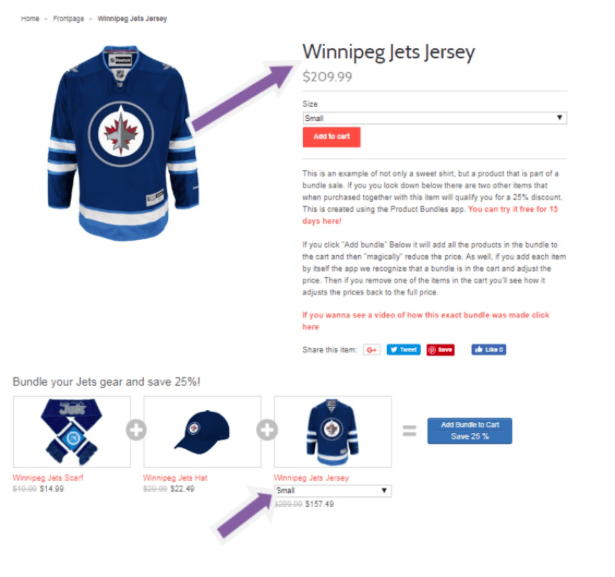
Value-based Pricing (for dropshippers and affiliate stores)
Dropshipping and affiliate ecommerce is a totally different ballgame, and there are pricing strategies that you can use on such stores too.
Everlane, an online clothing retailer based in the U.S describes their pricing as “radically transparent.”
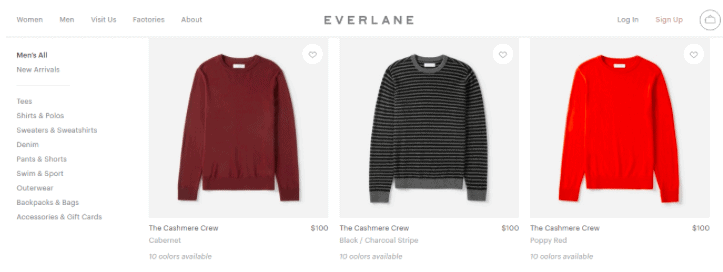
Their pricing strategy demonstrates how effective value-based pricing can be in strengthening a brand, winning customer trust, and improving profitability.
It’s clear that all companies charge customers more for the clothing than the clothing’s cost of production.
Everlane takes it a step further by actually showing customers the actual cost of production of each piece of clothing they sell:
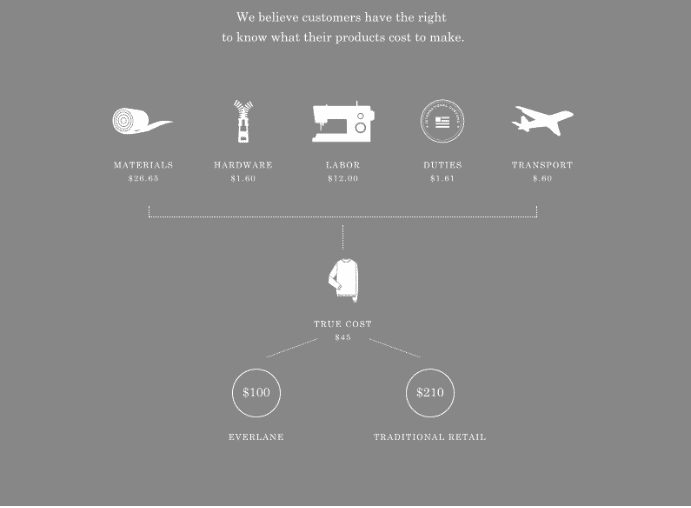
Their mission involves “We believe our customers have a right to know how much their clothes cost to make. We reveal the true costs behind all of our products— from materials to labor to transportation— then offer them to you, minus the traditional retail markup.”
In this strategy, the focus is on determining what value consumers put on the product and therefore would be willing to pay.
Meeting customer expectations will not only boost conversions but also help to:
- strengthen the brand name
- build better customer relationships, and
- improve your bottom line
A note on hacking Manufacturer suggested retail pricing (MSRP)
MSRP is a suggested price for a product from the manufacturer to the retailer. Now in most cases, such rates remain constant throughout all the stores that sell the product.
Now, here’s where you can use your pricing acumen:
Price them below the average, and you can always use strategies like the ones I covered above like using 9’s and dropping the dollar signs.
Now, those were some actionable strategies, weren’t they? Hopefully, the strategies mentioned above will help you improve your conversion rate. Remember that conversion rate is one of the major determinants of your success, it can be beneficial to optimize it
Do you have any nifty pricing strategies that you use to boost the conversion rates on your store? Let’s talk in the comments below!
pricing strategies


Great article.
Hello, number "7" is the best friend of magical number "9". When you combine them in the last two digits of a 3-digit amount, this optimizes the conversion rate even more. Every little conversion percentage is worth it, it's a bonus for sales. 2 or 3 digit amounts with the numbers 7 and 9 are particularly relevant for selling packages and online subscriptions. If you format / code your pricing correctly for indexing, Google will be even more happy to feature you. Think "SEO"!